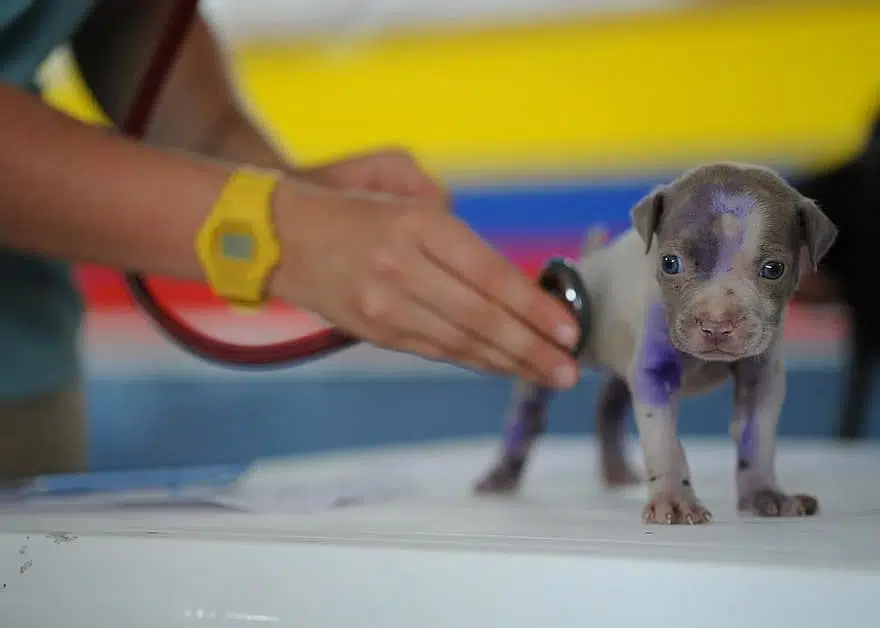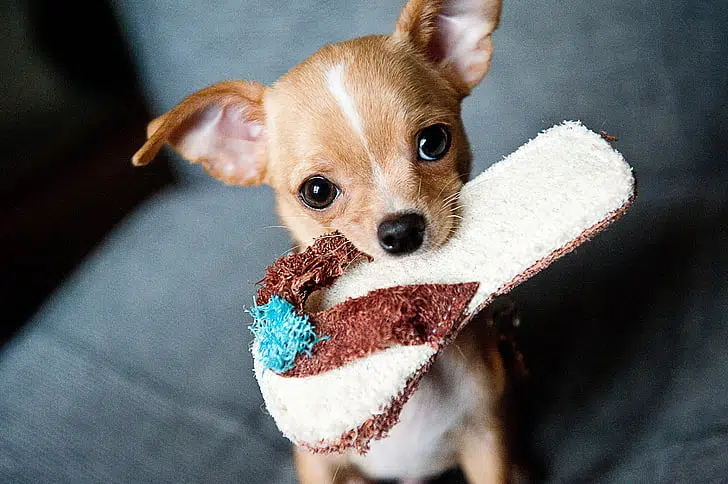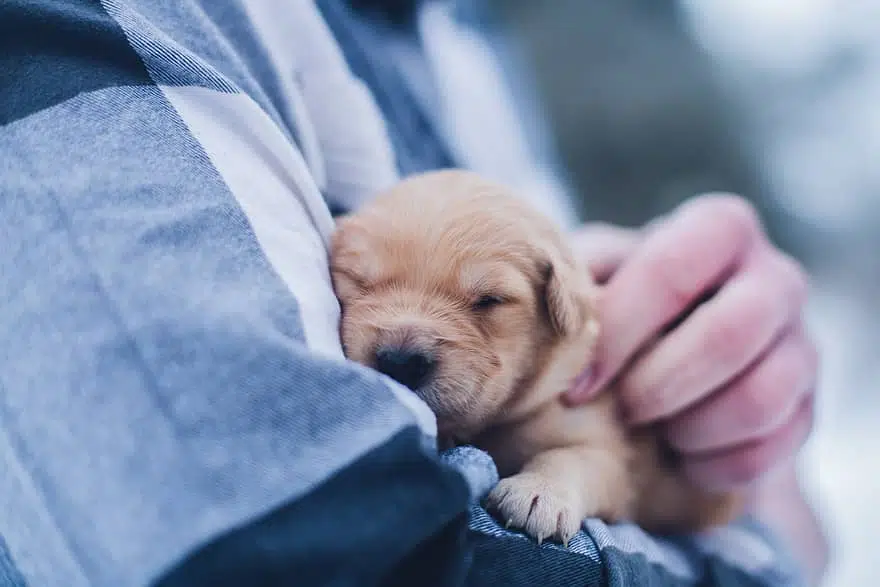Home » Blog » Pet » Pets: Understanding Them » What Size Will Your Puppy Be as an Adult?
Categories
Tags
animal welfare
breed profile
buying a car
buying a pet
Car
car accessories
car care
car features
car insurance
Car safety
car sales
car service
cat
cat behaviour
cat body language
Cat Breeds
cat food
cat insurance
comprehensive car insurance
Dog
Dog Behaviour
dog body language
Dog Breeds
dog food
Dog Insurance
dog training
eco friendly cars
Kitten
New Car
pet accessories
pet activities
Pet Adoption
pet breeders
pet days of the year
pet fun stuff
Pet Health
pet insurance
pet parenting
Pet Safety
pet services
Puppy
rescue pets
road safety
road trip
safe driving
Recent Blog:
Facebook Posts
4 days ago
Are intestinal worms setting up camp in your dog’s gut without paying rent? Here’s how to spot the main culprits and get rid of them too:![]()
![]() Preventing, Identifying and Treating Intestinal Worms in Dogs - bit.ly/43YjCKu
... See MoreSee Less
Preventing, Identifying and Treating Intestinal Worms in Dogs - bit.ly/43YjCKu
... See MoreSee Less
Preventing, Identifying and Treating Intestinal Worms in Dogs
www.pd.com.au
Intestinal worms, such as roundworms in dogs are one of the least glamorous topics on the planet. These intestinal parasites that basically use our dogs
PD Insurance
with Dogs West.
6 days ago
We enjoyed meeting #breeders #doglovers and members at the Dogs West Open Day. Special thanks to our partner Dogs West for organising an incredible event. There is still time to enter our pawsome competition. Click here for details: bit.ly/4covyce![]() #PDinsurance #dogswestopenday #dogswest
... See MoreSee Less
#PDinsurance #dogswestopenday #dogswest
... See MoreSee Less
6 days ago
Did you know? The Manx is a breed that is known for its lack of a tail, which is caused by a genetic mutation.
... See MoreSee Less
Dog size is not an exact science. In fact, even a single purebred litter can produce an alpha and a runt who vary in size. If you’re wondering how big your puppy will grow and how fast, you’re not alone.
Of course, they’re so adorable. But also, so much heavier than last time they sat on your lap… this morning.
Here are some clues to work out your puppy’s eventual dog size.
How big will my puppy get for their full dog size?
If you have a pedigreed pooch, chances are you can guestimate more accurately how big (or little) your pooch will be. A female will most likely grow to a similar size as her mother, and a male a little bigger.
If you haven’t actually met the parents, then Purina’s dog chart can tell you the size and weight of different breeds.
If you’ve adopted from a shelter (yay – read our article on bringing home an adopted dog!) and don’t know the breed, chat to your vet. A pup’s fur holds clues as to its lineage. Sometimes vets can use this to make an educated guess.
You can even do dog DNA tests to discover your pup’s ancestry.
But what about its dog-sized personality? You might be interested in finding out what the kindest dog breeds are.

Tell-tail signs
As we know, every pack has its alpha and its runt. The more clues you can garner from your very own puppy, the better. Where did it sit in the pack?
Other tell-tail (make that wagging tell-tail) signs include your puppy’s paws or any loose and saggy skin. Technically, your pooch will grow into their paws and fill out their loose skin. So, if your pup has big paws or a big loose blanket of skin, s/he possibly won’t always fit on your lap…
Happily, if puppy does outgrow your lap, it turns out sleeping with your dog in your bed has some great health benefits.
When is a puppy fully grown?
Pint-size pooches like Chihuahuas are fully grown by six months. Dogs on the other end of the scale, like Great Danes, can continue to grow for up to two years.
This is because big breed dogs take longer to reach their full size while small breeds do so faster. In other words, the bigger a dog will become, the more time they need to get to destination fully-grown.
Not all growth cycles are created equal.
Pssst… this next difference holds a clue for working out what your puppy’s full dog size will be. Read on for more…

Calculating dog size with growth cycles
According to Vet Babble, an educational website run by vets, puppies double in size in their first week after birth. After this, puppies grow 5-10% a week. Then at the six-week mark, small and big dogs part ways in their growth cycle.
From the six-week mark, small dogs grow about 140 grams a week, whereas big dogs grow about 1kg. Vet Babble also has a growth calculator at the bottom of this linked page which will give you a healthy estimate.
Dog happiness is bigger than dog size
Of course, whether your dog is big or small, you want to ensure it’s healthy and happy. A key way of doing this is to have pet insurance. Non-routine vet visits, tests, surgery and other medical treatments can cost a pretty penny – and often the need for them is unforeseen.
Dog insurance covers these costs so you can think about pooch rather than your pocket.
Share On:




